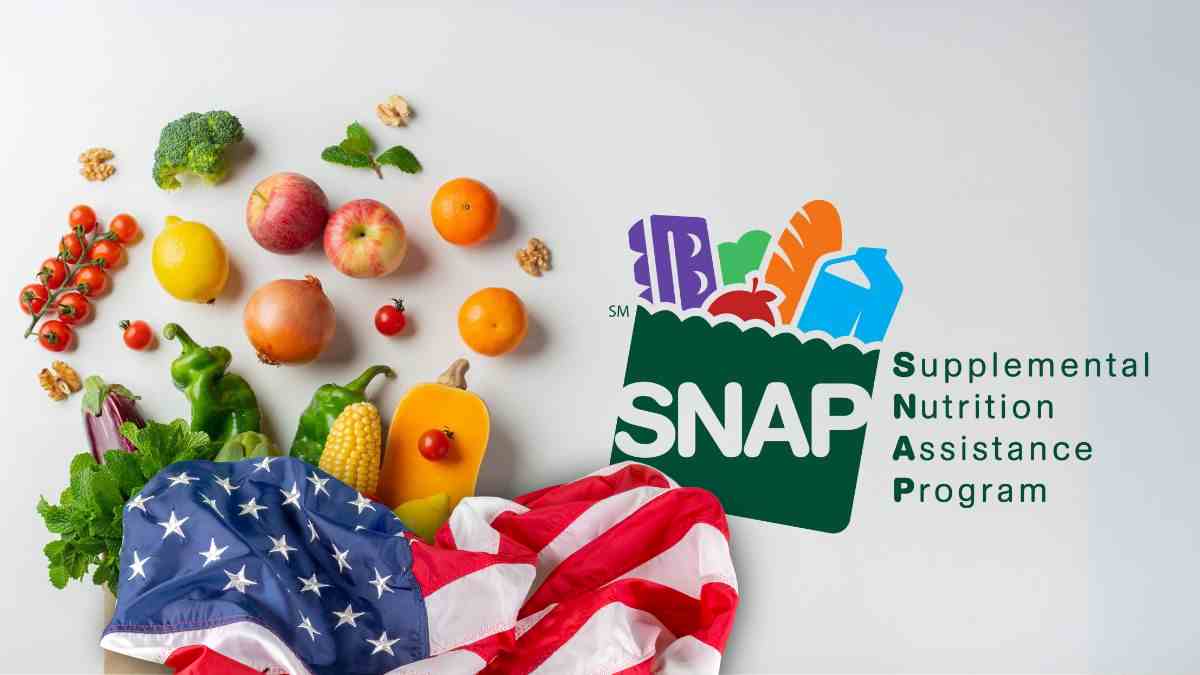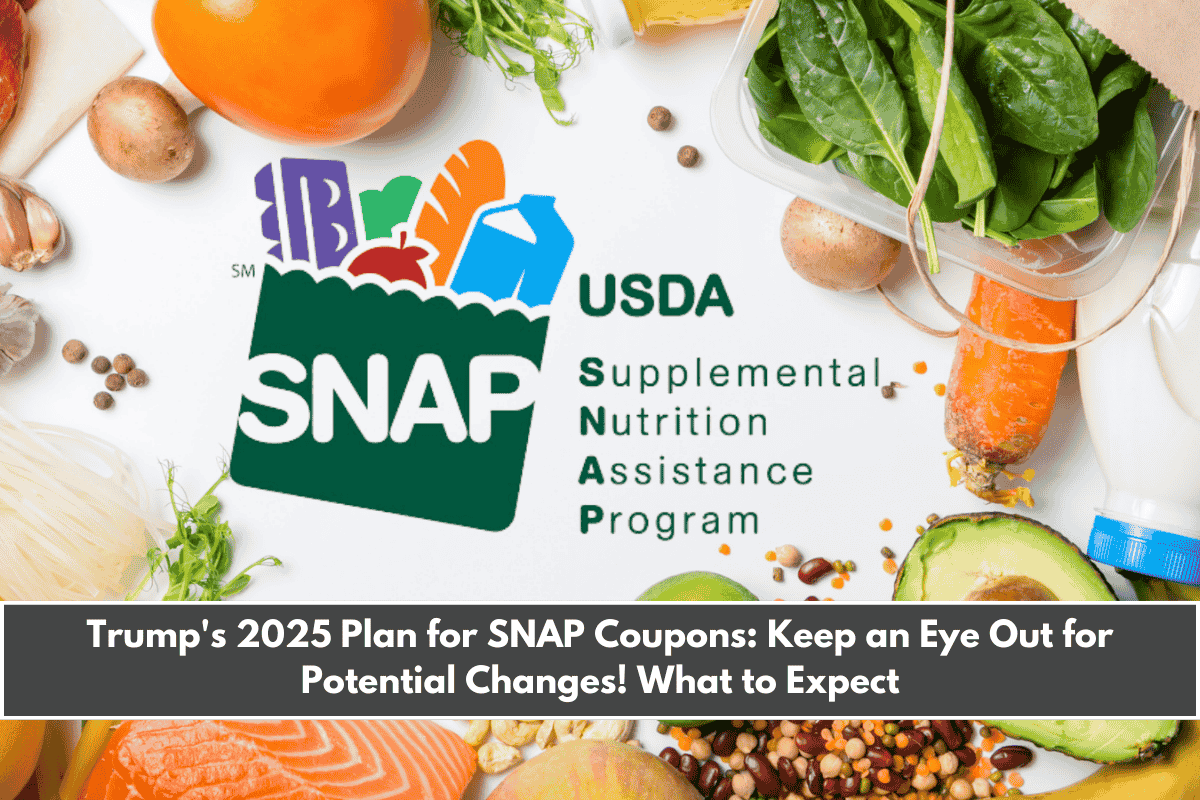As President Donald Trump begins his new term in 2025, big changes may be coming to SNAP (Supplemental Nutrition Assistance Program) — commonly known as food stamps. This program currently helps over 41 million low-income Americans buy food every month. But new proposals could affect how benefits are given, who qualifies, and how much families get.
If you depend on SNAP or are interested in how these changes may affect families across the country, this guide will help you understand what’s happening — in simple, easy-to-follow language.
What Are the Main SNAP Changes Proposed for 2025?
Trump’s administration is discussing four major changes to SNAP:
| Key Change | Details |
|---|---|
| Funding Cuts | SNAP budget could be reduced by up to 30% |
| Stricter Work Rules | Adults under 50 may need to work or train more hours to stay eligible |
| Harvest Box Idea | SNAP money may be replaced by prepacked food boxes |
| Congress Approval | All changes need to be approved by lawmakers in Congress |
These plans are meant to reduce government spending and encourage self-dependence, but many people and groups are worried about access, fairness, and food security.
Why SNAP Matters to Millions
SNAP helps low-income families afford food and also supports local businesses, such as grocery stores and farmers’ markets. In 2024, the average benefit was around $169 per person per month. These benefits help children, seniors, the disabled, and working families stay healthy.
Breaking Down the 2025 SNAP Changes
1. Funding Reductions
If SNAP’s budget is cut by 30%, it could mean:
- Lower monthly food benefits
- Fewer people qualifying
- More pressure on food banks and charities
Example: A family of four that currently gets $975/month could receive less, making it harder to buy enough nutritious food.
What You Can Do: Start exploring local food banks, community kitchens, and use grocery discount apps to stretch your budget.
2. Stricter Work Requirements
These changes would affect Able-Bodied Adults Without Dependents (ABAWDs), aged 18–49.
- Current rule: Work 20 hours/week
- Proposed rule: Work 30 hours/week or attend job training
Challenge: In rural or low-job areas, meeting these rules might be very difficult.
Example: John, 35, works part-time at a gas station. To keep SNAP benefits, he may now have to attend job training weekly — something he may not have time or money to do.
What You Can Do: Stay in touch with local employment services and look into online training options that may help meet the requirements.

3. The “Harvest Box” Proposal
Instead of SNAP funds on a card, families may receive prepackaged boxes of food.
Possible contents: Rice, canned vegetables, pasta, milk powder
Pros:
- Saves government money
- Guarantees basic food items
Cons:
- No choice for recipients
- Difficult for people with dietary needs, cultural preferences, or living in remote areas
What You Can Do:
Try meal planning around basic ingredients. Keep communicating with local leaders to share feedback if this policy affects your household.
4. Congress Must Approve All Changes
Nothing is final yet. These proposals must be discussed and voted on by Congress. Many lawmakers, advocacy groups, and even grocery retailers are likely to oppose drastic cuts.
Who’s Speaking Up?
- Feeding America and similar groups
- Supermarkets like Walmart, which rely on SNAP spending
- Local representatives, who hear directly from affected families
How You Can Prepare for SNAP Changes
1. Stay Updated
Follow USDA SNAP updates and local news. Use trusted sources to avoid misinformation.
2. Look for Additional Support
Use tools like Feeding America’s food bank locator to find nearby help.
3. Budget Smartly
Use store apps to find offers and learn low-cost, healthy recipes to make your benefits go further.
4. Speak Out
Call your local lawmakers and join advocacy efforts. Sharing your story can influence how decisions are made.
5. Connect Locally
Talk to neighbors, school counselors, and community groups. You’re not alone, and others may have helpful tips and resources.











Leave a Reply